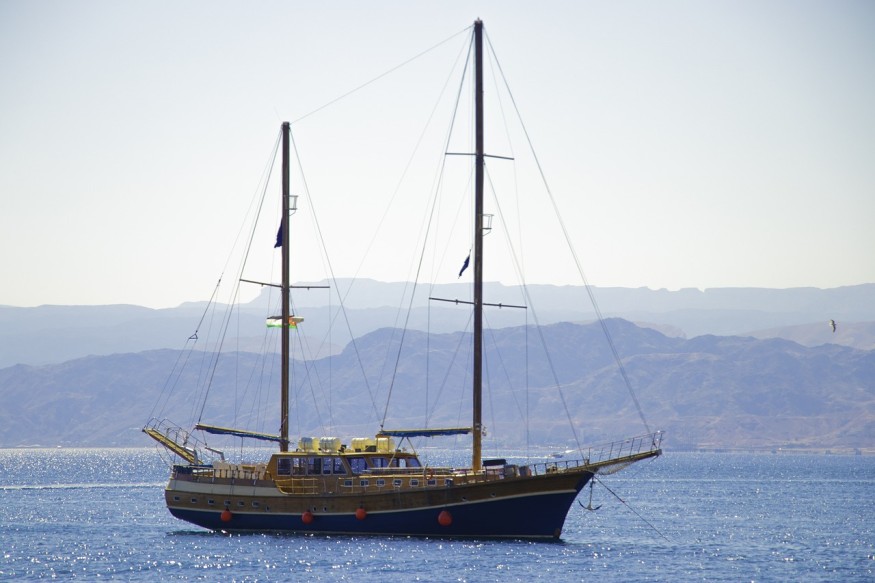
Previously thought to be empty, a burial mound from the Viking Age was found to hold an extraordinary artifact within it: remains of a ship burial.
Hidden 1,200-Year-Old Viking Ship Remains
According to Live Science, the remains show that a ship burial was done during the late 800 A.D, which was when the Viking Age started. If such findings are confirmed, this would mark the third ancient Viking ship spotted within the vicinity, which is the Karmøy coast in southwestern Norway. Live Science notes that this area could have been where Viking culture originated.
Håkon Reiersen, an archaeologist from the University of Stavanger in Norway who led the team behind the discovery last year, explains that the point is remarkably strategic due to the control of maritime traffic on the Norwegian coast.
Live Science notes that Norway's legendary first king, Harald Fairhair, lived in a royal manor situated within the village of Avaldsnes, where the discovery was made. Before this period, the region was a political center from the Bronze Age up until the medieval era.
The Jerusalem Post reports that these incredible findings were revealed through new radar data. Archaeologists started utilizing the georadar, or penetrating radar, during the summer last year. Live Science notes that it looks into pulse reflection of radio waves to reveal objects that are buried as deep as 100 feet below the surface.
According to Ancient Origins, specialists that look into the radar images are able to determine buried objects' exact shape. These could then be displayed as 3D models that are computer-generated.
They used the technology to explore an archaeological site, the Salhushaugen mound, that was excavated over a century ago and was found to be empty, except for some wooden spades and arrowheads.
However, the recent team looked deeper and were able to unearth the ship's remains. According to Live Science, the ship is around 20 meters long. It is also still buried today.
Looking deeper into the radar images, Jan Bill, the Viking Ship collection curator at the Museum of Cultural History of the University of Oslo and an archaeologist from the said university, also notes that the new findings align with an acknowledged pattern of cluster burials of ships.
Bill was also able to find evidence from different excavations that show that Viking king ship burials were "scripted" for them to seemingly take place under the water. However, they were actually done on land.
Such notions hint that the purpose was to suggest that the king buried was just sailing away to unite with his ancestors.
Empty Burial Mound
Reiersen suspects that the earlier team stopped digging further when they hit a layer of rock close to the mound's bottom. If the earlier team had dug further, they could have spotted the remains of the Salhushaugen ship, which may have been buried within the layer of rock. This practice is something that has also been observed in other archaeological sites.
The team from the University of Stavanger are hopeful to conduct even more excavations on the historic burial mounds. Results of their endeavors will also determine if they will be digging down to the ship.
Reierson notes the possibility that the Salhushaugen mound could hold other artifacts.
Check out more news and information on Archaeology in Science Times.
© 2025 ScienceTimes.com All rights reserved. Do not reproduce without permission. The window to the world of Science Times.











